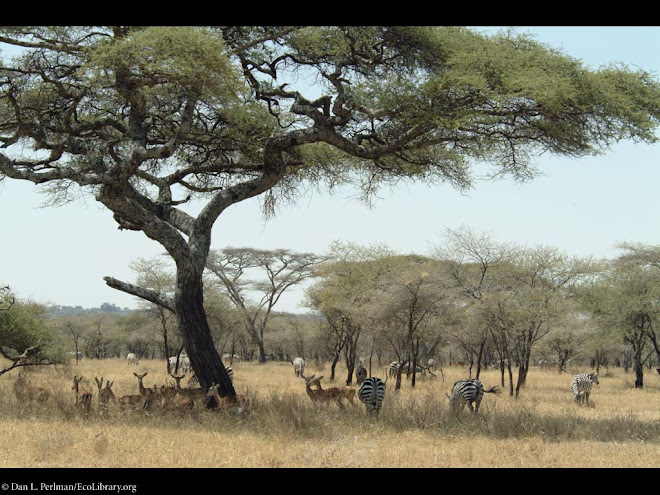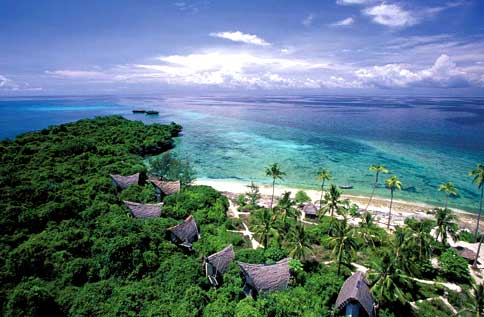Savings and Investment
There are 4 main components of productivity that Tanzania has been investing in. These are human capital, physical capital, infrastructure, and technology. An important policy was passed in 1990 to cope with the investment and savings issue. The goal was to get more companies and internal companies to invest in the 4 determinants of productivity. Some main goals included discourage of debt accumulation, maximum usage of the nation’s natural resources such as the lakes and rivers, and fostering appropriate technology brought into Tanzania. In 1990 Tanzania also passed a new Investment and Promotion and Protection Act that offered incentives and legal guarantees for companies and individuals. These incentives included tax holidays, exemptions, foreign exchange benefits and the rights to lands. This act also provided the first legal framework for investments in Tanzania. This meant more privatization to invest in the industry and agricultural sectors. In 1996 a New Investment and Policy suggested that more promotion of exports and less imports were in order. Efforts to establish export processing zones in new areas were under way to expedite the process. To enforce more incentive options, the TIC, a government group working for the Labor Department, made sure these incentives were protected. More incentives included deductions and allowances on industrial buildings (CUTS Centre for Competition, Investment & Economic Regulation). More incentives included reduced import tariffs on companies that would bring in foreign investments.
Now looking on its infrastructure, the structure of the GDP and economy has not changed in the past 15 years even though investors have been given incentives to diversify the structure of the economy. There have been significant changes in one industry which is the mining industry where incentives to mine were given. The incentives included corporate tax breaks. The structure has been relatively the same with the agricultural sector as its vital component to the GDP. Since Tanzania’s only industrial performance comes from the food and beverage industry as their lead exports, this is why they need to diversify their economy to have more exports. High productive countries such as the United States and England have metals and engineering as their top sectors in the manufacturing industry. One of the troubles in the lending process is the unbelievable high interest rates that continue to skyrocket so this makes lending less desirable. Many economists say that more incentives should be given to companies to invest in the future.
As for technology, Tanzania is offering incentives to foreign companies to build corporations in Tanzania for a cheaper price. Another problem that Tanzania continues to face is the competition aspect. Consumers are buying goods that are cheaper and that seems to be the foreign goods. This needs to change in the future to enable Tanzania’s consumers to buy more domestic products. This is why Tanzania must invest in their people by offering incentives to companies. One of the latest things Tanzania is doing is offering incentives to businesses who train their workers which is surpassing the secondary school level to increase education and output in the long run (CUTS Centre for Competition, Investment & Economic Regulation).
Wednesday, December 9, 2009
Subscribe to:
Post Comments (Atom)


No comments:
Post a Comment